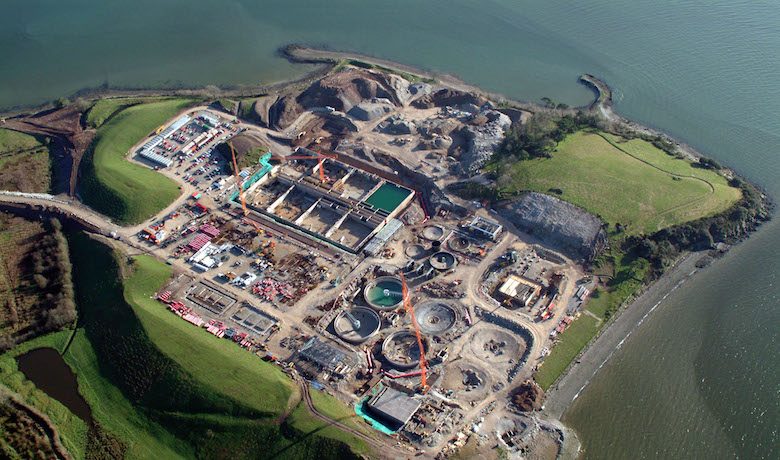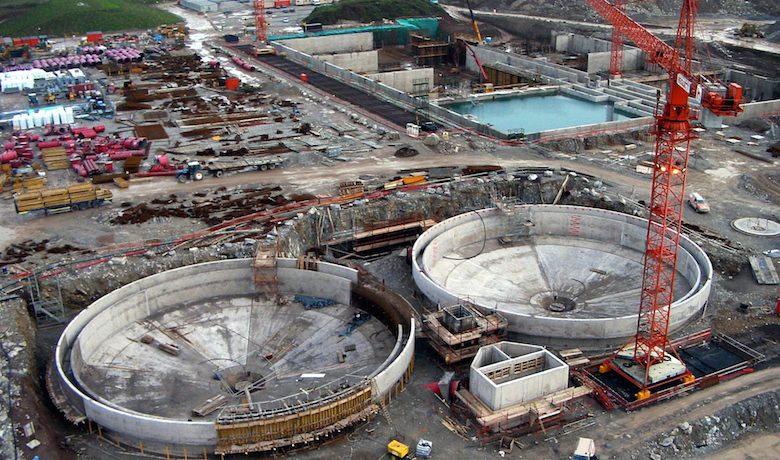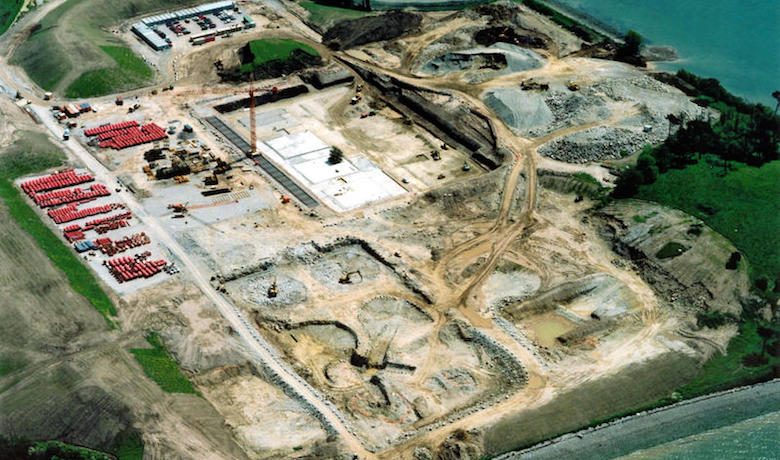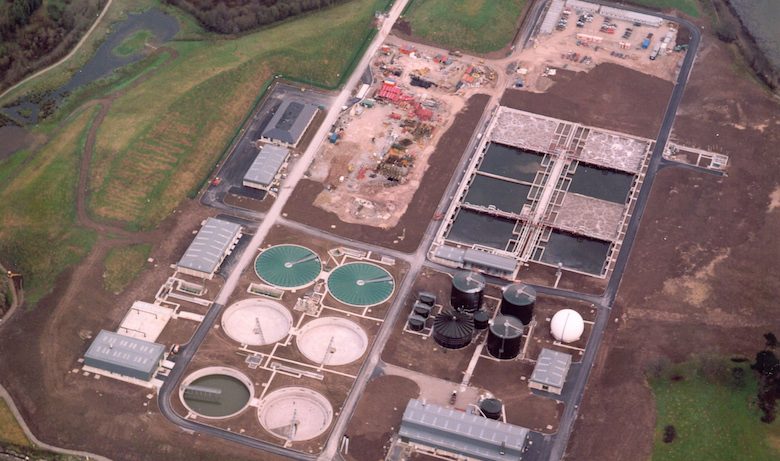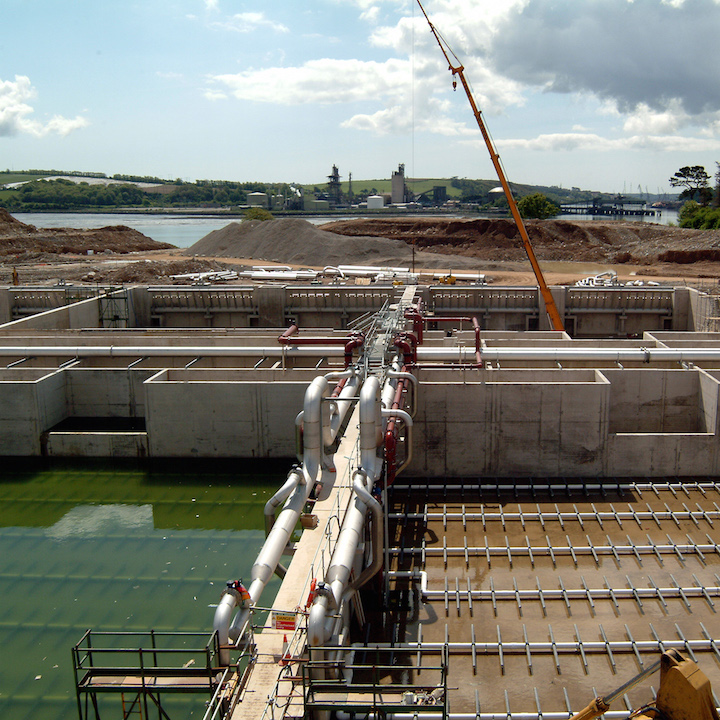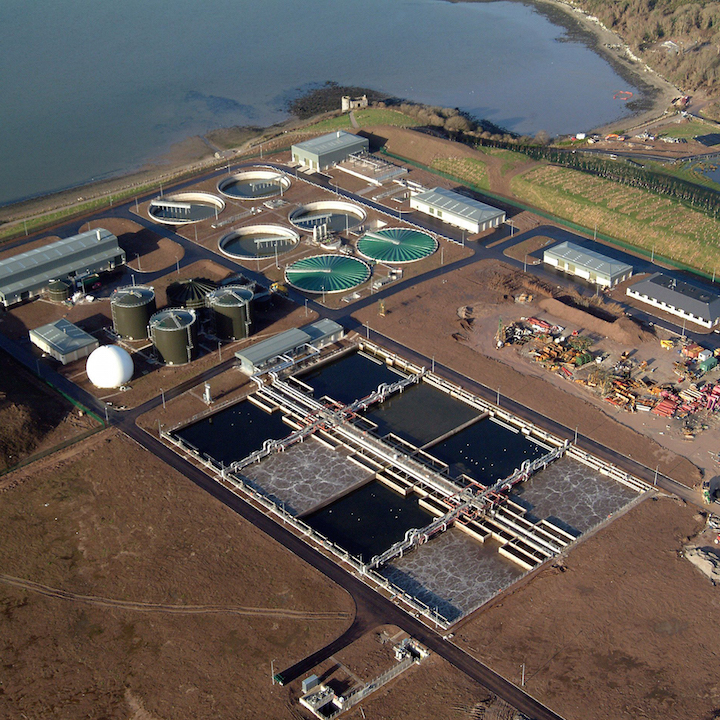BACKGROUND
In the past few years, the Republic of Ireland has experienced soaring economic growth. Cork is the country’s second-largest city and the economic and cultural hub of the whole of the southwestern region of the island. The Lee River, which runs through the city, received wastewater from various water-management networks. That is why, by the early 1990s, a wastewater treatment and sanitation plant was needed. Following an international call for tenders launched at the end of 1999 by the Cork County Council, a bid was submitted in March 2000 for the design, construction, operation, and maintenance for 20 years of a wastewater-treatment and mud-recycling plant.


